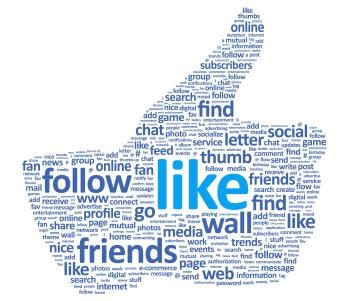The Power of Like
Par Dauphine Dauphine 2012, lundi 12 novembre 2012 à 09:34 :: Social Networks :: #371 :: rss

Social media aren’t usually considered in the same way as other media. Facebook is the dominant social networking site with the audience of approximately 160 millions US visitors each month (90% of all time spent on social networking site). Facebook facilities exchange between brands and their consumers: it has developed the ability for consumers to identify brands of interest, share with them their desires and expectations, in order to target their expectation.
Among the numerous users of Facebook, we can distinguish :
- fans
- friends of fans
- non-fans
Some people spend many hours in social networks few others prefer using newspapers. Facebook offers Global Marketing Channel for brands and offers and is the third largest worldwide web property. A publisher would like to know how much more time a fan spent on its websites than a non‐fan. The following examples help us to demonstrate how business might quantify the value of their fans and friends fans.

The friends of fans represent an audience at least an order of magnitude larger than the fan base. The true goal of the marketers is to reach people. The difference between fans and non-fans in terms of purchase, quantity or frequency aren’t truly reflective of the value of “a like”, but we can see the strength of pre-existing brand preference. We can’t compare the consultation rate or percentage of like/fans/friends of fans of a site, which sells online, and another, which doesn’t sell. Social media allows brand to keep in touch with their customers. Marketers can use this media to target the customers.
Video link : Mike Rich's interview
Lhuissier Alexandra, Gérard Margault, Vaquier Charlotte, Otteveare Lucile et Gresser Laura
Commentaires
1. Le lundi 12 novembre 2012 à 09:34, par Dauphine Dauphine 2012
Ajouter un commentaire
Les commentaires pour ce billet sont fermés.